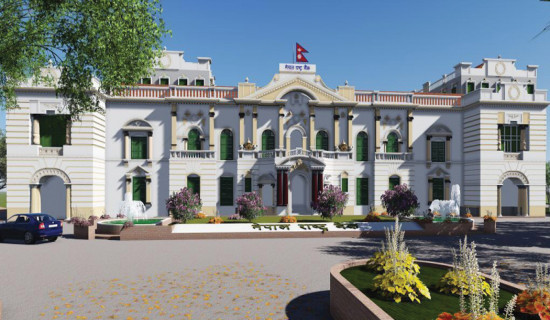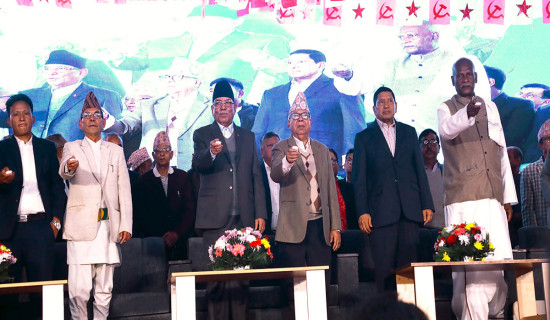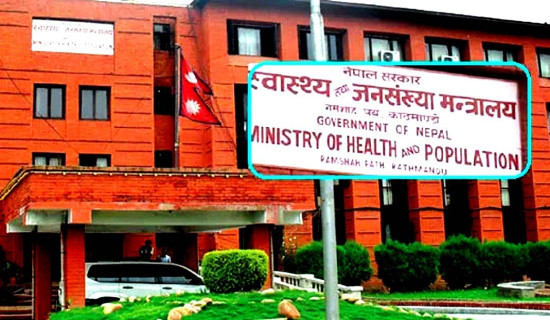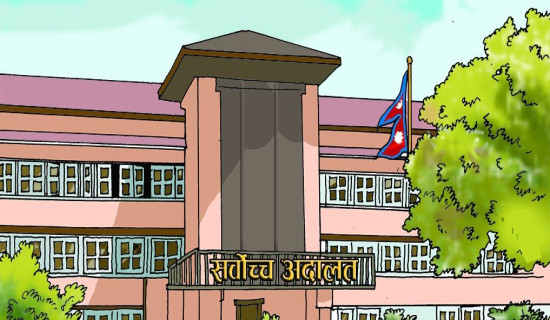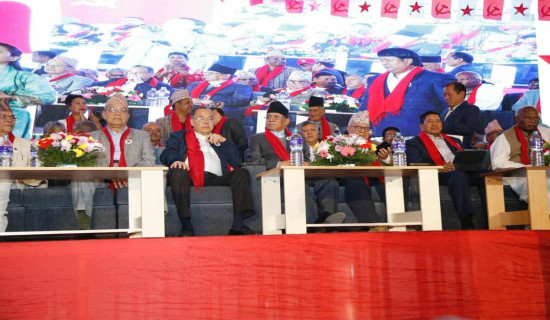- Wednesday, 5 November 2025
Credit to consumption up by 4 folds
By TRN Online,
Kathmandu, May 8: Outstanding credit of banks and financial institutions (BFIs)
to consumable loans jumped by more than 4 folds in the meantime it fell by 47.7
per cent in the construction sector.
According to the
NRB's current
Macroeconomic and Financial Situation report, consumable loan
sharply rose by 4 folds in the span of eight months of this fiscal year, which is the highest increment in comparison to any of the other sectors. The report showed
that the outstanding credit to the consumable loan rose to Rs 830.7 billion in
the end of mid-March 2022 from Rs 152.3 billion recorded in mid-July 2021.
Meanwhile, the overall outstanding credit to the
construction sector fell by 49.7 per cent in the first eight months. The
report showed that outstanding credit fell to Rs 206.8 billion towards the end
of mid-March from Rs. 411.3 billion recorded in mid-July.
The fall of credit flow to the construction sector is
noteworthy, especially given the World Bank report 2019 which stated that
citizens of Nepal do not have reliable and adequate access to the
infrastructure services. "In this geographically challenged country,
infrastructure development will also help create reliable supply chains,
allowing for more efficient movement of goods and services," read the
report.
However, the credit fell only for the construction of residents
by 68.3 per cent while the credit for non-resident and heavy constructions (Highway,
Bridges etc) increased by 13.5 per cent and 12 per cent respectively.
Similarly, outstanding credit from the BFIs to the
local government has been consistently declining in the previous two FYs. It fell
in the FY 2020/21 and 2021/22 by -7.4 per cent and -12.7 per cent respectively.
Though the report showed consumable loans and loans of
BFIs to the local governments fell sharply, the total outstanding credit
outflow went up by 12.7 per cent, crossing Rs. 4,701 billion in the end of
mid-March 2022, up from Rs. 4,172.7 billion recorded in mid-July 2021.
In the current FY, the credit to the Metal production,
Machinery & Electric tools & fitting, Agriculture, Wholesales &
Retails, Production, Finance Instrument & Fixed have grown significantly.
It rose by 20.4 per cent, 16.7 per cent, 14.7 per cent, 9.8 per cent and 7.4
per cent respectively over the current FY. The report showed that the mining sector
had the least credit flow, sharing only 1.2 per cent of the total credit flow.
Nonetheless, the credit outflow in the private sector sped up in the current FY. The NRB report showed that private sector credit increased by 12.8 per cent in the review period. In this, commercial banks' credit outflow increased by 12.4 per cent, development banks' by 14 per cent, and finance company's by 25.2 per cent.

